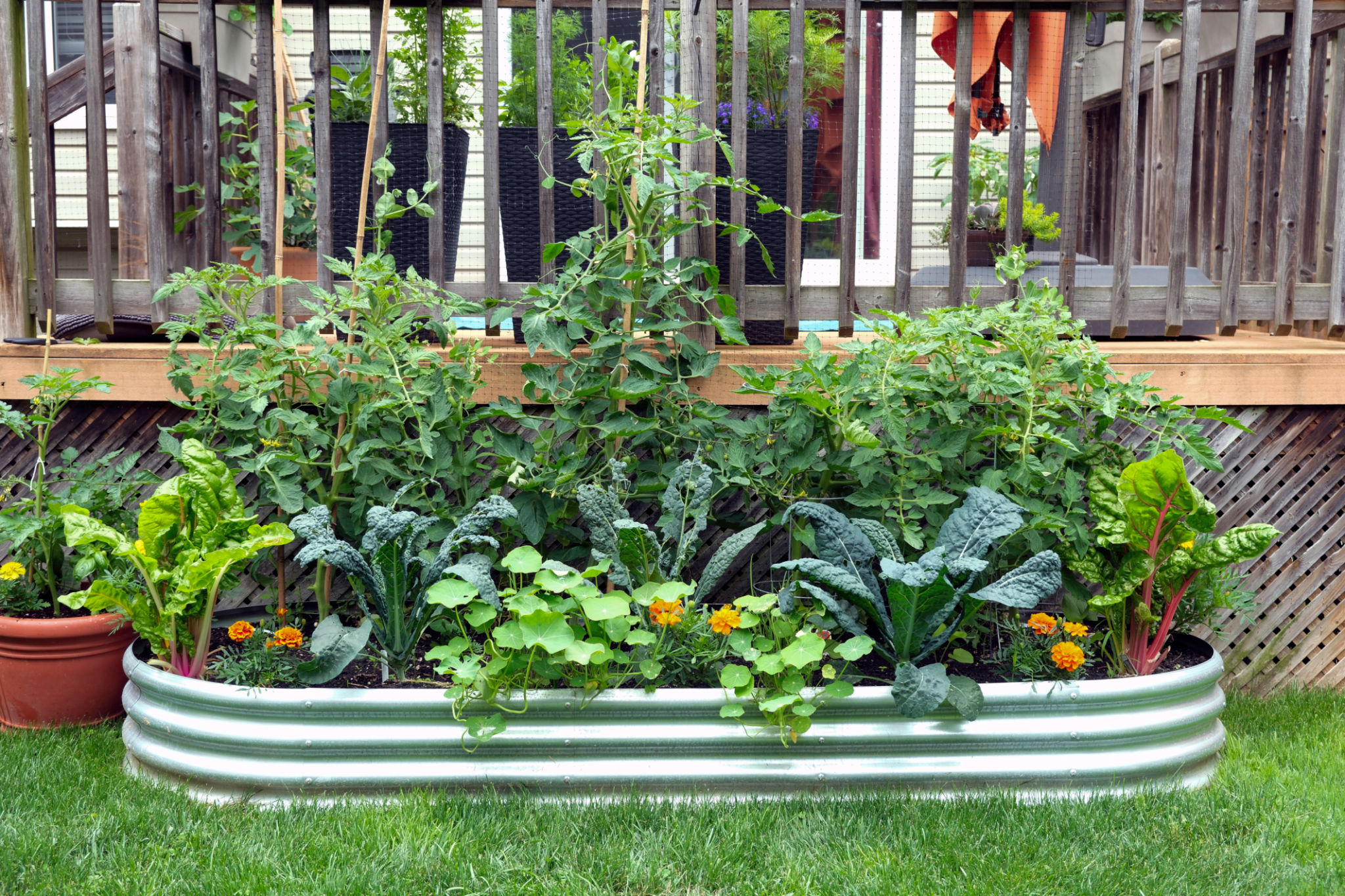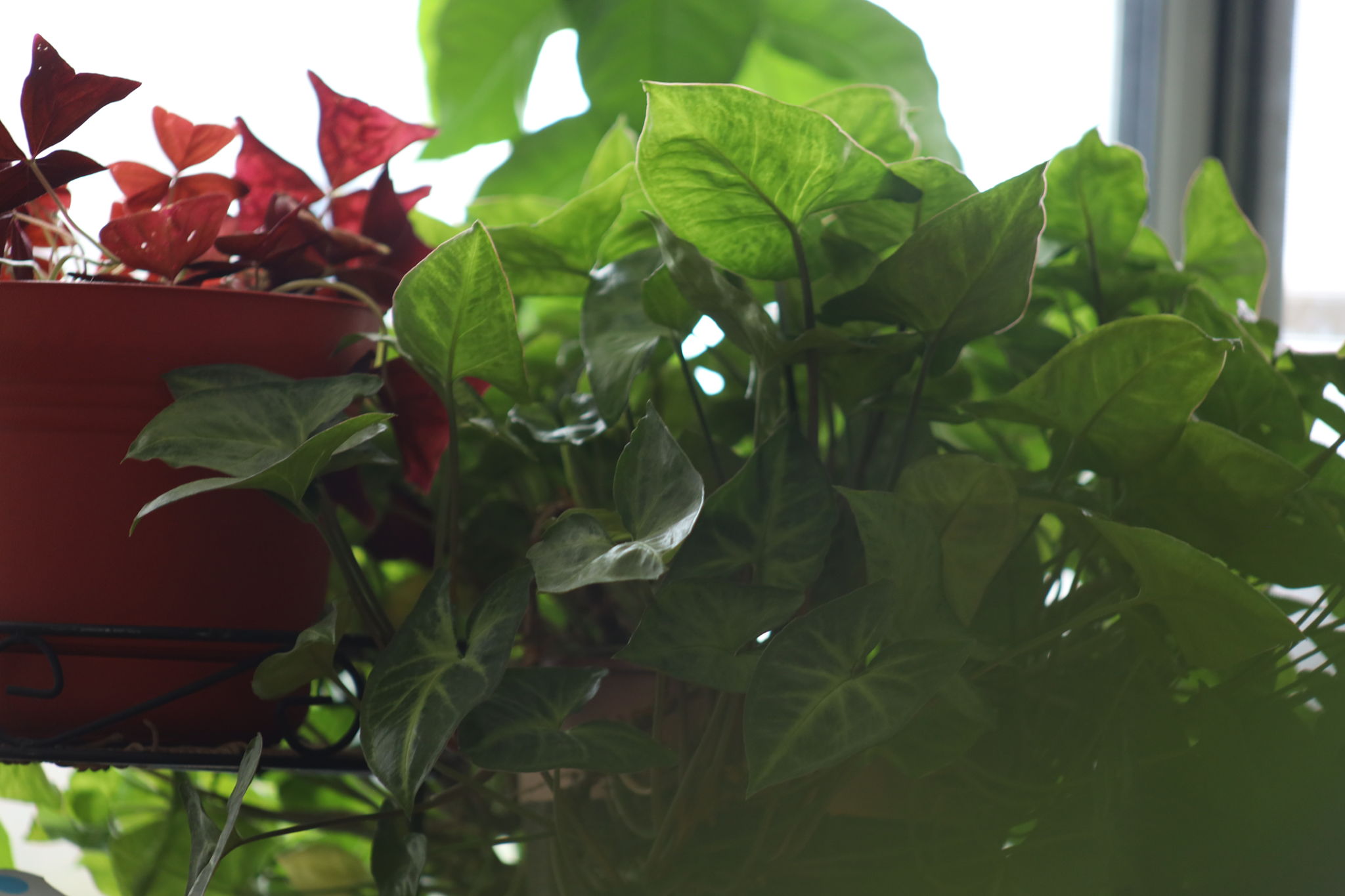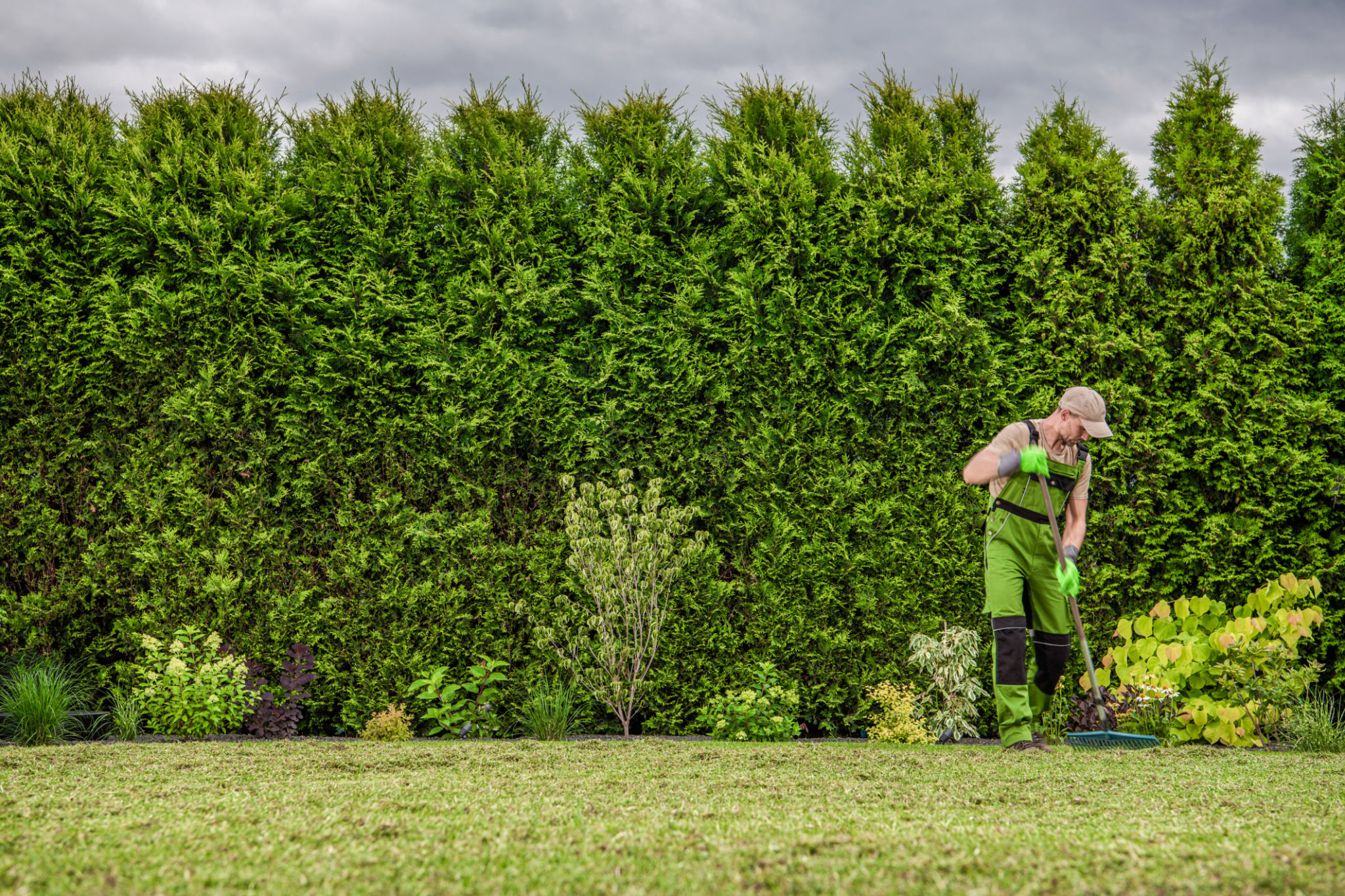Debunking Common Myths About Eco-Friendly Landscaping
Introduction to Eco-Friendly Landscaping
Eco-friendly landscaping is gaining popularity as more people become aware of the environmental impact of traditional landscaping practices. However, several myths persist that can deter homeowners from adopting these sustainable methods. This post aims to debunk some of the most common misconceptions surrounding eco-friendly landscaping, encouraging more people to embrace green practices in their gardens.

Myth 1: Eco-Friendly Landscaping is Expensive
One of the most prevalent myths is that eco-friendly landscaping requires a hefty investment. In reality, while the initial setup might have costs, the long-term savings are significant. Sustainable practices like water-efficient irrigation systems and native plantings reduce water bills and maintenance costs. Over time, these savings can outweigh the initial expenses, making eco-friendly landscaping a cost-effective choice.
Moreover, many eco-friendly solutions involve simple changes that don't require substantial financial investment. For instance, composting kitchen waste to enrich soil is both economical and beneficial for the environment.
Myth 2: Sustainable Landscapes Are Boring
Another common myth is that sustainable landscapes lack diversity and visual appeal. This couldn't be further from the truth. Eco-friendly landscaping promotes the use of native plants which are adapted to local conditions, offering vibrant colors and varied textures throughout the year. Additionally, incorporating elements like rain gardens and vertical plantings can create unique and captivating designs.

Designing with sustainability in mind encourages creativity. Homeowners can experiment with different plant combinations, water features, and natural materials to craft landscapes that are not only functional but also aesthetically pleasing.
Myth 3: Eco-Friendly Landscaping Requires Too Much Maintenance
Some believe that maintaining an eco-friendly landscape is a labor-intensive process. However, sustainable landscapes are often less demanding than conventional ones. Native plants, for instance, are well-suited to local climates and require less water and fewer pesticides. This adaptation reduces the need for constant upkeep.
Additionally, practices like mulching can help retain soil moisture and suppress weeds, further minimizing maintenance efforts. By choosing the right plants and materials, homeowners can enjoy a lush garden with minimal intervention.

Myth 4: It's Only for Large Spaces
A misconception exists that eco-friendly landscaping is only feasible for large properties. In reality, sustainable practices can be implemented in spaces of all sizes—from small urban gardens to sprawling rural properties. Vertical gardening, container planting, and rooftop gardens are excellent examples of how eco-friendly principles can be applied in limited spaces.
Regardless of the size of your outdoor area, there are numerous ways to incorporate sustainable elements that enhance biodiversity and reduce environmental impact.
Conclusion: Embracing Eco-Friendly Practices
Debunking these myths reveals that eco-friendly landscaping is accessible, affordable, and appealing for any home. By understanding the benefits and possibilities of sustainable landscaping, homeowners can make informed decisions that positively impact the environment and their living spaces.
As more people adopt eco-friendly landscaping practices, the collective effort contributes to a healthier planet. Whether you're starting small or planning a complete garden overhaul, embracing sustainability in your landscape design is a step toward a more environmentally conscious future.
